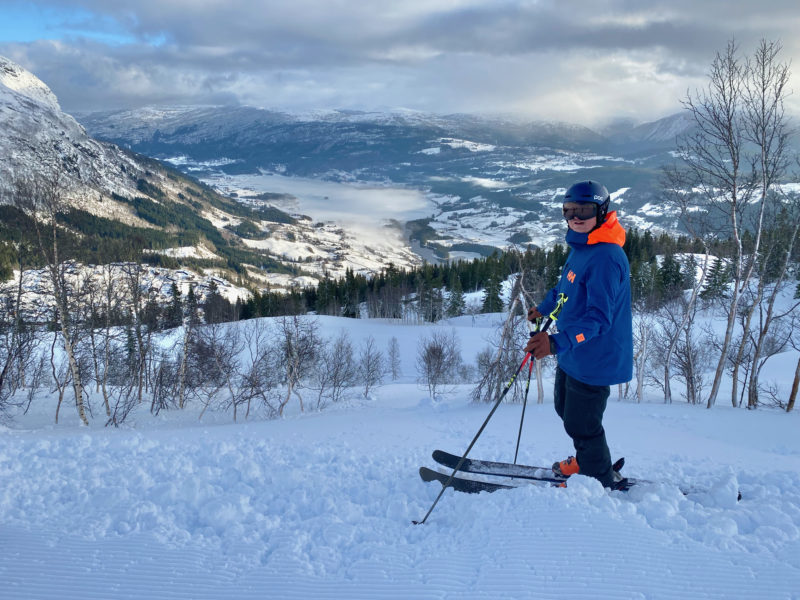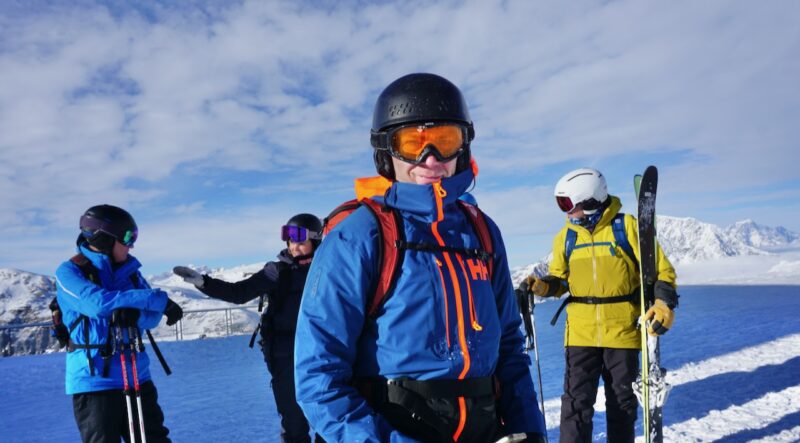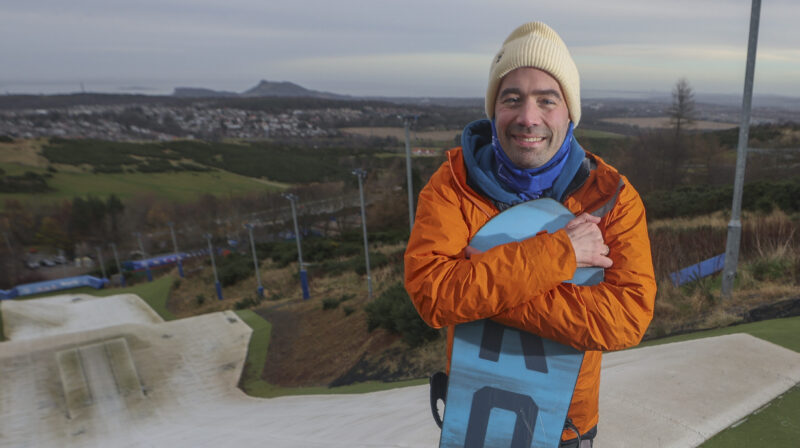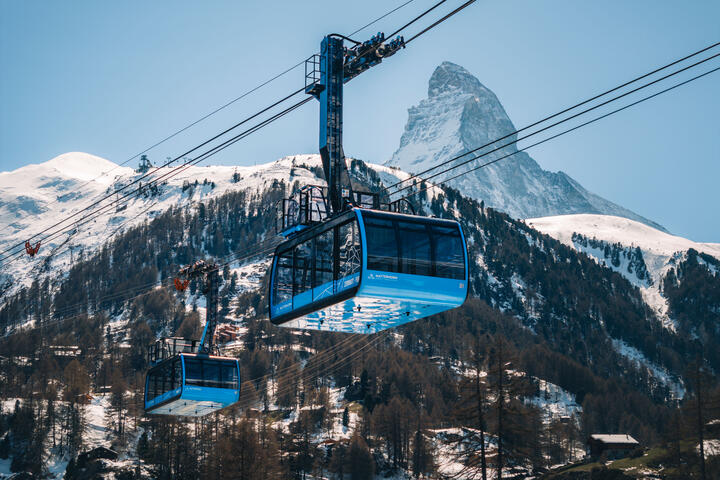Extent of Summer Glacier Melt Revealed
13th September 2023
Last modified on September 16th, 2023
In 2022 Swiss glaciers recorded their worst melt rate since records began more than a 100 years ago. This summer the decline has slowed slightly, but the melt continues. The picture looks grim across the Alps and the Pyrenees.
In 2022 the Swiss glaciers lost 6% of their volume.
The latest heatwave, the third major one of the summer, has increased the melt in 2023 but the rate is expected to have slowed down since 2022.
“The summer was much too warm,” said Matthias Huss from the Swiss Glacier Monitoring Network, GLAMOS, to the Reuters News Agency.
“The first trends indicate that this year is again characterized by a very strong loss.
“At this position we lost more than two meters of ice and this is a lot, especially considering that we are at the highest point of the glacier, where the glacier actually should accumulate some new mass.”
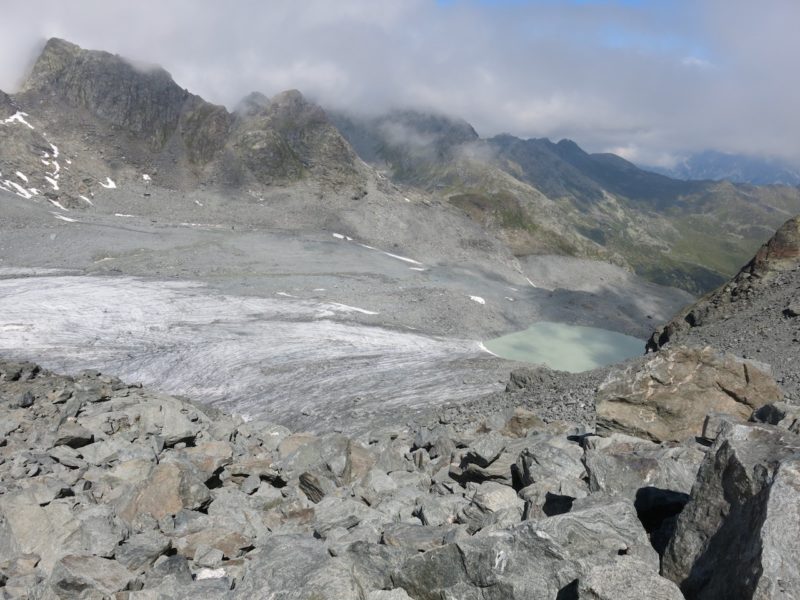
Mont Fort glacier, Verbier. Image © PlanetSKI
Here at PlanetSKI we have recently looked at the ice loss in Italy.
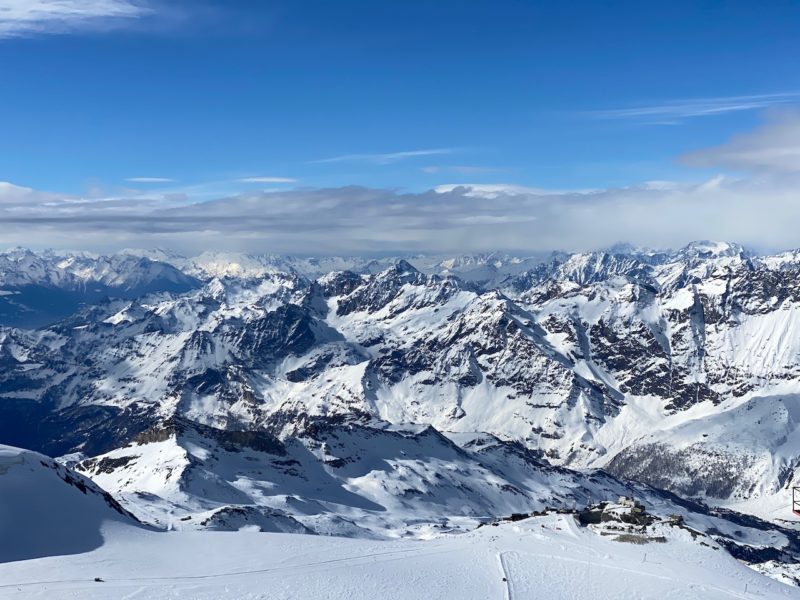
Cervinia, Italy. Image © PlanetSKI
In the Pyrenees the Maladeta glacier in Spain could disappear by the end of the next decade according to scientists.
It currently covers 30 hectares and is one of southern Europe’s largest glaciers.
In the past 10 years the glacier has retreated by more than 50 m.
7 m of ice thickness has been lost.
By 2020, almost two hectares (20,000 m2) of the ice surface had melted since 2010.
More than 60% of the Pyrenean glaciers that existed in the middle of the nineteenth century have already disappeared.
The figures come from the Centro Nacional de Investigación sobre la Evolución Humana, CENIEH.
A recent report on climate change predicts a bleak future for some ski areas
It says a quarter of European ski resorts will have scarce snow. It questions whether such resorts have a future as the planet warms.
The report is published in full in the journal, Nature Climate Change

Hintertux glacier, Austria.Image © PlanetSKI
It used data and models to assess snow cover at over 2,200 resorts in Europe from Iceland to Turkey under +2C and +4C of warming.
The world is on track for 2.7C of global warming.
Europe is home to 80% of the world’s ski resorts, with more than a million day visits a year.
The industry is worth an estimated £23.8billion.
Dr Samuel Morin, research scientist at Météo-France and CNRS in Toulouse and Grenoble, said: “Ski tourism is a niche issue in the face of climate change, but from the point of view of the people who live in the mountains and make a living from the industry, it is very important to really understand to what extent climate change is threatening the activity, and to take into account the impact this activity has on the climate.”
In France the small ski area of Le Sambuy, near Lake Annecy, has started dismantling its lifts.
It was open for just 4-weeks last winter and has decided to close.
It has been operating for 60-years.
It is at an altitude of 1,200 metres and had10 ski runs, that were served by three chairlifts
Financial constraints exacerbated by warmer temperatures and a lack of snowfall are largely to blame for its closure.
Mountain Wilderness has dismantled 70 ski lifts since 1963 and it estimates that there are around 3,000 abandoned lifts rusting in French mountain ranges.
Reaching strong reductions in greenhouse gas emissions for ski tourism will chiefly depend on massive reductions of the carbon footprint of transportation and accommodation.
The researchers also examined the impact of ski tourism on the climate and found artificial snowmaking contributed just 2% of overall emissions.
Tourist flights to resorts are the main causes of emissions.




